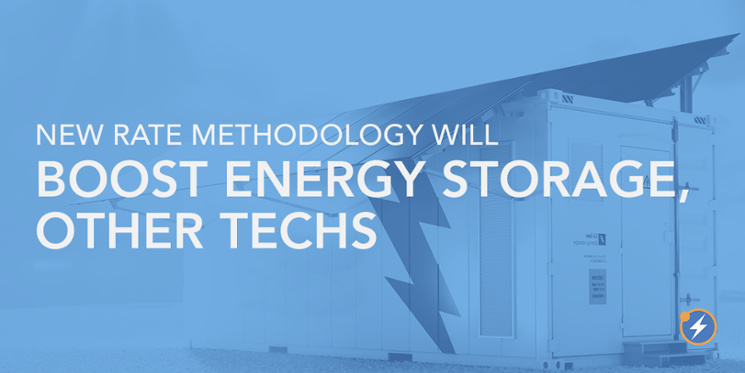
This Summer’s Weather Highlighted the Critical Role of Demand Response in the PJM Region
Topics: PUCs, Utility, Wholesale Markets, Transmission, Virtual Power Plants, Interconnection
Sustained High Prices in PJM Signal Need to Focus on Reforms That Will Get Projects Built Quickly

Topics: Utility, Wholesale Markets, Economic Impact, Transmission, Interconnection
Getting More from Less with Demand-Side Resources

Extreme weather. Spiking natural gas prices. Peak levels of electricity use that push the grid to its limit. Our energy system faces a growing set of challenges, and our utilities and their regulators have to make big infrastructure and investment decisions today to solve those challenges. But even with a growing number of advanced energy technologies and solutions available – including those on the demand-side – many electric utilities just want to build more natural gas-fired power plants. We think there is a better way. Here’s how utilities – and one utility in particular – can use rates, incentives, and technology to manage energy use and save customers money.
Topics: State Policy, Utility, Energy Efficiency, Indiana

With 2022 more than halfway through, AEE returns with the latest edition of its biennial top utility regulatory trends roundup. Utility regulatory commissions across the country have been off to a busy start, navigating supply chain hurdles, inflationary pressures, extreme weather events, and the accelerated adoption of clean energy technologies. With PowerSuite, AEE’s policy tracking platform, we cut through the noise to provide insights on the trends shaping utility regulation this year and in years to come.
Note: some links in this post reference PUC filings and other documents in AEE's software platform, PowerSuite. Click here and sign up for a free trial. PowerSuite – policy tracking by policy professionals.
Topics: State Policy, Utility, Regulatory, Advanced Transportation, Pennsylvania, Decision Maker Engagement, California, Nevada, North Dakota, Vermont, Oregon, Minnesota, North Carolina, South Carolina, New York, Michigan
A Cost-Allocation Win in New York for Distributed Energy Resources

On March 16, the New York Public Service Commission quietly adopted a significant advancement in rate design. It did so as a result of a long proceeding on standby and buyback rates, in which AEE argued that owners of distributed generation not eligible for net metering (such as standalone storage facilities and institutions with combined-heat-and-power systems) were being overcharged for the customer-specific components of those rates. While the PSC action seemingly addressed a technical matter, the impact is a big win for advanced energy in New York, as it will lead to new rates much more favorable for a range of distributed energy resources (DERs).
Topics: State Policy, PUCs, Utility, Regulatory, New York